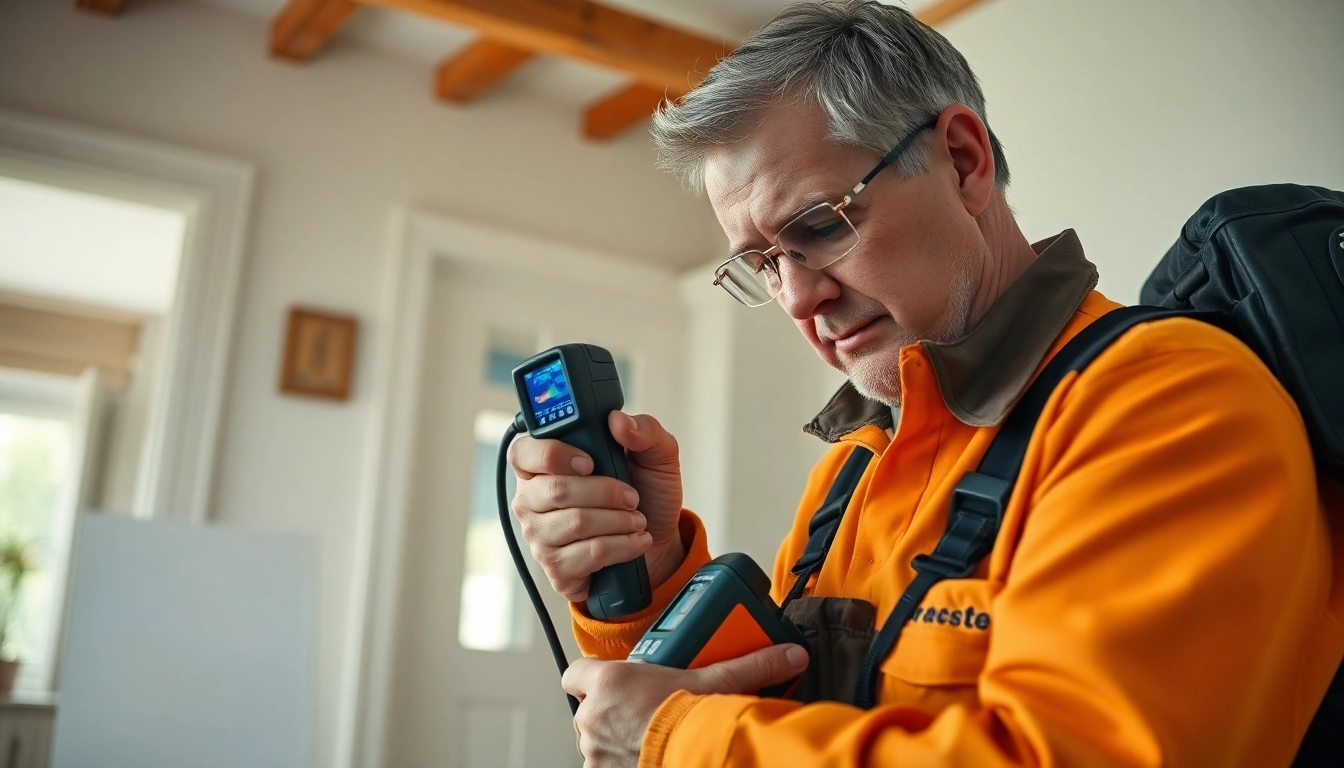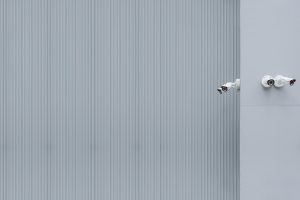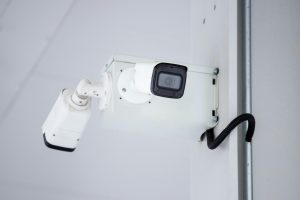Proven Leak Detection Cornwall: The Essential Guide for Homeowners

Understanding Leak Detection Cornwall
Water leaks can often go unnoticed until they lead to significant damage and costly repairs. In regions like Cornwall, effective Leak Detection Cornwall is crucial for homeowners and businesses alike. This guide aims to provide an in-depth understanding of leak detection, its importance, and how to effectively manage water-related issues before they escalate.
What is Leak Detection?
Leak detection refers to the use of various techniques and tools to identify and locate water leaks in plumbing systems, structures, and surrounding environments. This specialized service is vital for both residential and commercial properties, ensuring issues are addressed promptly, avoiding extensive damage and higher repair costs.
Importance of Early Detection
Early detection of leaks is critical for numerous reasons:
- Cost Efficiency: Addressing leaks promptly can significantly reduce repair costs. Minor leaks can lead to significant structural issues if left unresolved.
- Water Conservation: Detecting leaks can help conserve water resources, promoting sustainability.
- Prevent Property Damage: Early detection prevents water damage that can lead to mold and mildew growth, threatening health and safety.
- Insurance Benefits: Timely detection and repair may also have positive implications for insurance claims, potentially easing the claim process in case of water damage.
Common Signs of Water Leaks
Homeowners should be vigilant for various signs indicating the possible presence of a water leak:
- Higher Water Bills: An unexplained increase in water usage often points to hidden leaks.
- Water Stains: Stains on ceilings or walls may indicate leaking pipes above or within those areas.
- Mold Growth: Any visible mold or mildew, especially in areas that are typically dry, could signal a moisture problem.
- Sound of Running Water: Persistent sounds of running water when fixtures are off may indicate a hidden leak.
Technologies Used in Leak Detection Cornwall
Acoustic and Infrared Technologies
Modern leak detection relies on advanced technologies for accuracy and efficiency:
Acoustic leak detection employs sensitive microphones and listening devices to identify the sound of water escaping from pipes. This method is particularly effective for underground or hard-to-reach pipes.
Infrared technology uses thermal imaging to detect temperature variations caused by moisture infiltration. This can help locate leaks even behind walls, making it a non-invasive solution for leak detection.
Moisture Meters Explained
Moisture meters are essential tools that quantify the moisture content in various materials. They help leak detection specialists quickly assess the extent of water damage in walls, ceilings, and floors, guiding repair efforts. These meters come in two types:
- Pin-type Moisture Meters: These require physical contact with the material to measure electrical resistance.
- Pinless Moisture Meters: These operate without damaging the material and offer rapid measurements over larger areas.
Benefits of Non-Destructive Testing
Non-destructive testing (NDT) methods offer several advantages in leak detection:
- Minimal Damage: NDT techniques avoid damaging walls or floors, maintaining the integrity of the property.
- Cost-Effective: Reduced need for repair work lowers overall costs.
- Rapid Results: These methods provide quick assessments, enabling timely repairs without lengthy disruptions.
Choosing the Right Leak Detection Service
Evaluating Qualifications and Experience
When selecting a leak detection service, assessing the qualifications and experience of the technicians is vital. Look for certified professionals with a proven track record in the industry. Experience can directly impact the effectiveness of the service provided, ensuring the best methods and technologies are employed.
Understanding Pricing Structures
Pricing for leak detection services can vary widely based on the scope of the investigation, the technologies employed, and the complexity of the repair. It’s crucial to obtain detailed estimates and understand what is included, enabling informed decisions without unexpected costs.
Customer Review Analysis
Reviews and testimonials from previous clients provide insights into the service’s reliability, professionalism, and effectiveness. Focus on long-term customer satisfaction and overall effectiveness in identifying and resolving leak issues.
Preventative Measures for Leak Detection Cornwall
Regular Home Inspections
Conducting regular home inspections is one of the best preventive measures against leaks. Homeowners should periodically check plumbing systems, including visible pipes, faucets, and appliances, for signs of wear and tear.
Water Usage Monitoring Techniques
Monitoring water usage can help detect leaks early. Homeowners can install smart water meters that alert them to unusual patterns in water consumption. Regularly reviewing water bills for spikes can also aid in identifying concealed leaks.
Seasonal Maintenance Tips
Adopting seasonal maintenance practices can help prevent leaks:
- Winter Preparation: Insulate pipes prone to freezing, checking for leaks before the temperature drops.
- Spring Cleaning: Perform comprehensive checks of outdoor hoses and irrigation systems.
- Annual Professional Inspections: Schedule an annual inspection with a leak detection service to identify vulnerabilities.
Legal and Insurance Considerations
Understanding Your Homeowner’s Insurance
Homeowners must familiarize themselves with their insurance policies regarding water leaks. Different policies have varying coverage and exclusion clauses regarding water damage, making it critical to know what is covered in case of a leak.
Documenting Water Damage for Claims
In the event of a leak, proper documentation is key to filing insurance claims. Homeowners should take photographs of damage, keep records of repairs and assessments, and gather all relevant documentation promptly.
The Role of Leak Detection Reports in Claims
Having a professional leak detection report can substantiate claims, making the process smoother and likely increasing the chances of a successful reimbursement. This professional assessment confirms the cause and extent of the damage, providing invaluable evidence during the claims process.






